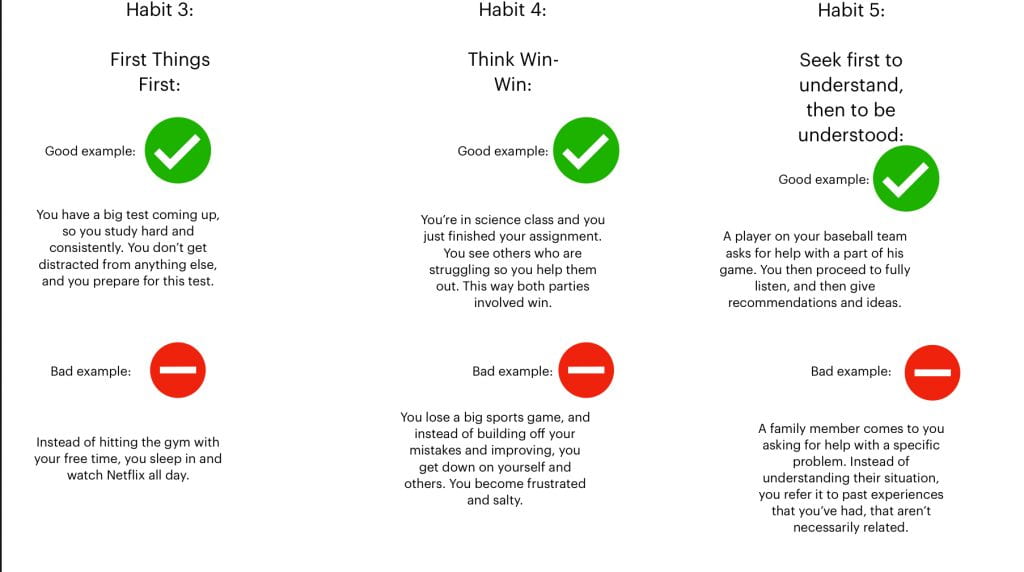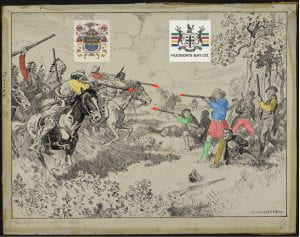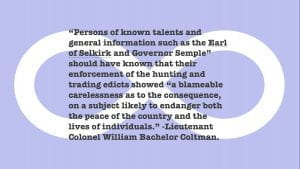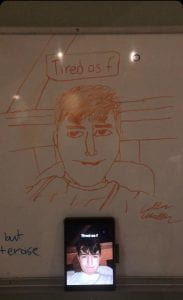Hello readers, and welcome back to my blog. Today’s post is about the recent project we’ve completed in Scimatics 9. This project was called, “Meiosis models”, and was about meiosis and mitosis, and how they are similar and different. To shoo our understanding we made models, conducted experiments, and created a narrated video to show our understanding. The driving question in this project was: “How is the reproduction of cells essential to the survival of organisms?” It’s essential because if the species ceases to reproduce, the species becomes very weak and more vulnerable to extinction.
To start of this project, we created a “project start mind map”. In this map, we added our thoughts, questions, and examples.

Here’s what mine looked like:
My understanding was pretty low at the beginning, so I had a lot of questions about this topic.
Then, to begin to build our understanding, we did a workbook. These workbooks had info about meiosis, mitosis, and how they are used everyday. This workbook helped me lots in understanding the project as a whole.
Then to test our knowledge, we did a Khan Academy quiz. It seemed that there was a lot of new content in the tests, so it took me awhile to get a good score. In the end, I got a solid 8/9.

The next step was completing our Meiosis and Mitosis models.
In this milestone, we used “tinkercad”, a design software, to create these 3D models.
Here’s my models:
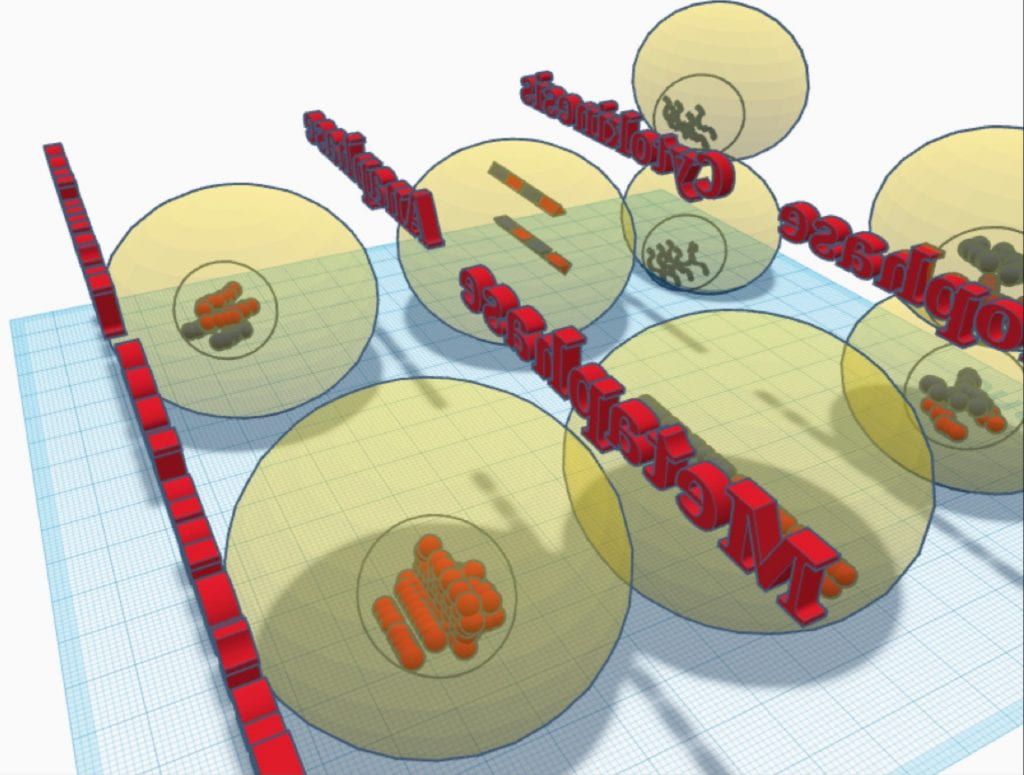
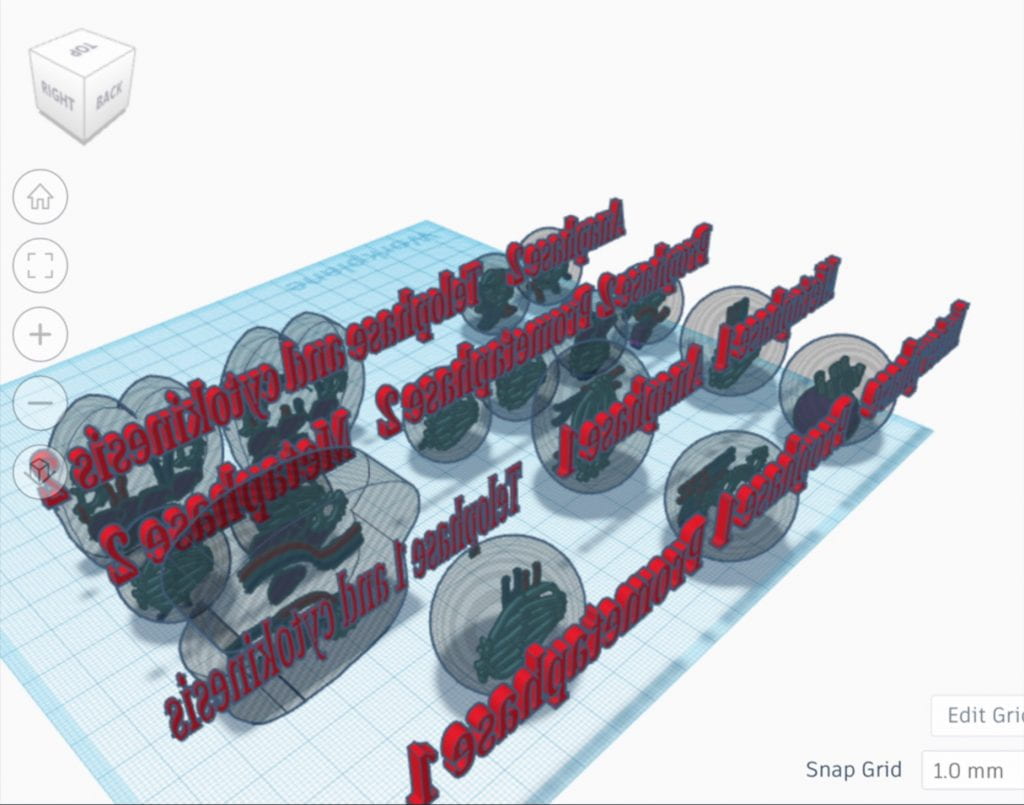
Now to go over the competencies of this project:
The competencies were: Questioning and Predicting, Planning and Conducting, and Scientific Communication.
Questioning and Predicting:
I demonstrated a sophisticated understanding of this competency. I used my class time well, finished assignments early, but most of all, created really good work. There wasn’t really a tie where I was off task, but next time when I have nothing to do, I could look forward to other assignments/projects.
Planning and Conducting:
I demonstrated an extending level in this competency. At first, I didn’t understand the experiment all that well, and I made many mistakes. But, I asked others for help and eventually understood the procedure. I didn’t get the greatest of microscope results, but we later did another experiment, and I got much better results. As my first microscope experience, I think it went well, and I learned a lot.
Scientific Communication:
I demonstrated a solid, sophisticated understanding in this competency. My video effective showed my understanding, I used good vocabulary, and effective transitions. I also used my models to explain both Meiosis and Mitosis well. My voiceovers were concise, and were synced well.
The final step of this project was the Final narrated video. In this video, we combined our knowledge of the processes, our models, and our experiment photos to demonstrate mitosis and meiosis. I created my video in iMovie, a software that I’m pretty familiar with.
Here’s my final video:
I’m pretty proud of my video, even though I didn’t do some things that well. For example, my final models could’ve been more detailed, and I mispronounced some words in my voiceovers.
To summarize, I learned lots about reproduction in this project. At first, I had no idea what mitosis or meiosis were, I couldn’t even pronounce them. I learned how to use a microscope, use tinkercad, and used iMovie more in this project. The toughest part of this project had to be the Khan academy test, as it really tested my knowledge. There was alot of new content, so it took me a while to understand. My favorite part of this project was making my narrated video. I always find video making a fun thing, so I put a good amount of effort into my video.
Thanks for reading!










